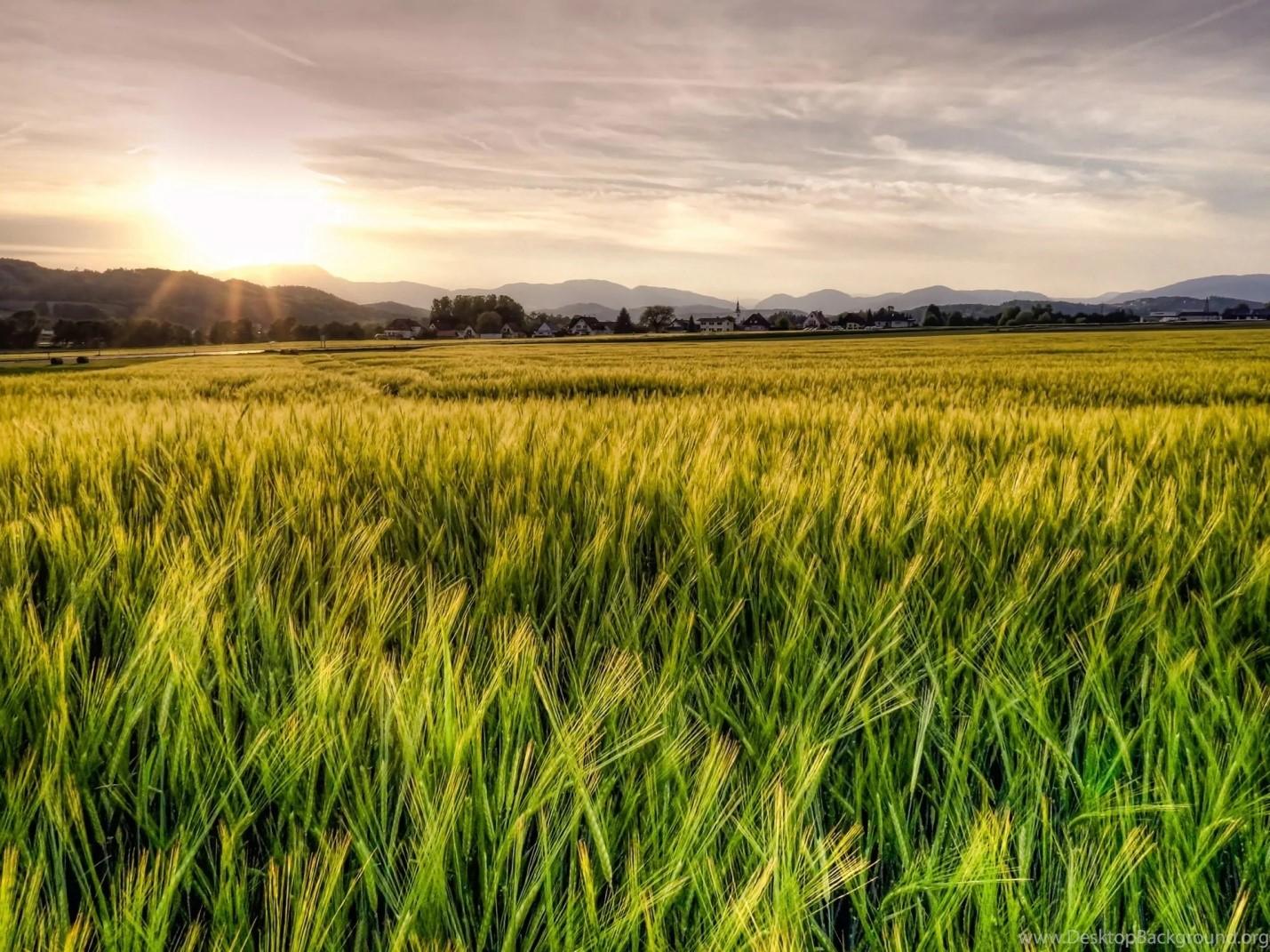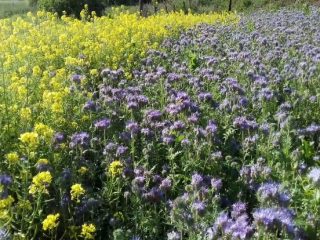Content
Wheat as a green manure has been known since ancient times. As a result of rotting, the crop improves the quality of the soil and saturates it with nutrients. This leads to increased productivity. Before sowing cereals, you should understand the advantages and disadvantages of wheat, the timing and rules of planting.
Features and types
Wheat is grown as an agricultural plant, but is sometimes used as green manure. There are several types of culture. The most popular were:
- Wintering. A winter-hardy variety that does not deform after prolonged frosts. Rarely attacked by insects, resists short-term drought. An excellent option for the Russian climate.
- Yarovaya. It is demanding on the soil, has weak immunity, and needs regular fertilization. Despite its capriciousness, the crop produces a good harvest, and the field can be sown both in spring and summer.
Regardless of the type of wheat, the plants contain approximately the same reserves of nutrients that can be used to grow other crops. Green manure is popular among gardeners and gardeners; it is used for preparing liquid mixtures.

Wheat, as a green manure, feeds on nitrogenous elements, so from an economic point of view it is better to grow it more densely
The cereal prefers to grow alone. Otherwise, the culture will take away vital elements from the seedlings and suppress its growth and development.
Pros and cons of wheat as green manure
Wheat as a green manure has many advantages. Positive qualities include:
- Improving the microflora of the site. Once decomposed, the root shoots provide good conditions for the growth of beneficial bacteria, beetles and worms. Insects take part in loosening the soil, providing ventilation.
- Nutrient saturation. Green manure releases a large amount of phosphorus and nitrogen, so crops grown after wheat do not need fertilizing. The shoots of the plant contain potassium and magnesium, which also saturate the earth.
- Low demands. When growing a winter variety, the owner will not encounter problems. The number of weeds will fall.
- Changing the nature of the soil. The roots of green manure go deep, promoting aeration. Cereals are best grown in dense areas, such as loam.
- Soil disinfection. Wheat synthesizes substances that repel harmful microorganisms. They are destructive for fungi and insect larvae.
- Displaces weeds. Green manure has a developed root system, which makes it difficult for weeds to feed. After the grain, there is less annual and perennial grass in the beds.
- Fast growth. Wheat grows green mass at an amazing speed, outstripping even weeds.
- Erosion resistance. Frequent precipitation destroys the soil structure.Due to the large number of roots, the culture prevents this. Dense cover slows down erosion processes.
Wheat as a green manure for the garden also has a drawback. She needs a lot of fluid to develop. If the weather is hot, you will have to water the area yourself, otherwise the weeds will overtake the crop.

To protect against pests, seeds should be mixed with mustard
On what soils is it used?
Green manure is not cultivated in places where cereals used to grow. The family feeds on the same substances, as a result of which the soil becomes poor. Wheat should be sown on clay and loamy areas.
What can you plant after wheat?
The plant is grown as green manure for various crops. Botanists recommend cultivating after wheat:
- pepper;
- potato;
- parsley;
- cucumbers;
- dill;
- carrot;
- tomatoes.
After cereals, many berries grow well, for example, strawberries, currants, gooseberries, raspberries, and cherries. Green manure is also effective for decorative varieties. Rose and tulip seedlings take root much faster.
When to sow wheat as green manure
Green manure is sown in spring and summer. Many people plant wheat in the fall, as it has time to adapt to the cold. In fertile soil, young shoots grow thick roots and survive frosts safely.
Unlike spring wheat, winter wheat forms a vegetation cover on the surface of the earth that protects from freezing. This improves root growth, aeration and moisture permeability, and prevents soil destruction.
In spring, they are sown in March-April, when the garden is saturated with liquid.In summer, they are cultivated less frequently, since green manure may not sprout due to the heat. Wheat sprouts are very tender and need a lot of water.
Landing technology
It is better to dig the bed before planting. The shovel is deepened into the ground 20 cm, removing plant and household debris. If the soil is poor, it is saturated with complex additives, mixed with wood ash and manure. When the fertilizer is added, the area is leveled and left for 10-15 days.

Green manure can be sown randomly, it is not harmful for wheat
Planting material is treated in a solution of potassium permanganate against fungal infections. Leave for 30 minutes, then the cereal is dried. Since the grains are quite large, they are sown naturally.
When mass planting, the area should be compacted with a roller. Thanks to this, the owner will not have to monitor the frequency of watering, since the seeds will have enough moisture. In addition, precipitation will not be able to wash out the wheat. For 10 sq. m, up to 2 kg of grains are sown. It is not worth planting less than this value so that seedlings are not sparse.
Care instructions
You need to carefully monitor the frequency of watering. When planting in summer, the soil is moistened abundantly. It is better to sow grains after rains. When the sprouts appear - after about 7-10 days - you should not expect rapid growth. Green manure grows slowly, especially if the soil is covered with a crust.
In order not to destroy young wheat, the soil is weeded weekly to remove weeds. At the same time, remove other debris.In average soil, green manure will have enough nutrients. Dry saltpeter (in granules) can be used as a fertilizer. But you need to avoid getting on the shoots, as burns will appear on them.

Spring wheat is planted when the temperature rises above 2 degrees - green manure loves warm weather
Two weeks after the formation of sprouts, prevention is carried out with biological agents - fungicides. At the same time, comply with the standards given in the instructions for the drug.
Mowing and embedding into the soil
Mowing begins a month after germination. There is no point in delaying the timing, as the crop may throw out its spikelets. They are poor in nutrients and take longer to decompose. This material is only suitable for creating compost.
The plant can be mowed with a scythe or a flat cutter. The greens are laid in an even layer over the area of the garden, large shoots are cut through with a shovel or hatchet. There is no need to dig deeply, 5 cm is enough. Rotting occurs faster in the upper layers of the soil. The roots are not touched - they are very useful for the earth.
If there is a lot of wheat, some can be used to create fertilizer. Additionally, the greens should not be dried. Place immediately after bevel. It is better to place it in a wooden box or in a compost pit. In this case, each row is treated with a small amount of ash.
Experienced gardeners advise watering the green mass with bacteria-based products. This speeds up the decomposition process. After some time, the land will be fertilized, and after the wheat, other crops can be planted.

In addition to wheat, rye and phacelia are also popular as green manure crops.
If there is more green manure than planned, infusions are prepared from it.Fill half the bucket with wheat and add water. The container is closed and left in the open air. The liquid will begin to ferment in 5-10 days.
The green manure infusion is passed through a sieve and re-diluted with water. Fertilizer is used after watering. There should be a lot of moisture in the area of the roots so as not to cause a burn. The supplement is used twice a month. At the same time, no other fertilizing is applied. This infusion contains enough nutrients, but oversaturation can cause problems with pests.
Wheat is used to mulch apple, pear and other fruit trees. Plants need a lot of moisture, and the culture will help them store it. In times of drought, wheat can be of great help.
Conclusion
Wheat as green manure is an effective way to improve soil quality. It is used in many countries. In Russia, the winter variety is the most popular. They are planted in areas where cereals have not grown before. Planting is carried out in spring, summer or autumn. Recommended time: early September.









Is it possible to grow winter wheat after mowing in the fall of the South Kazakhstan region